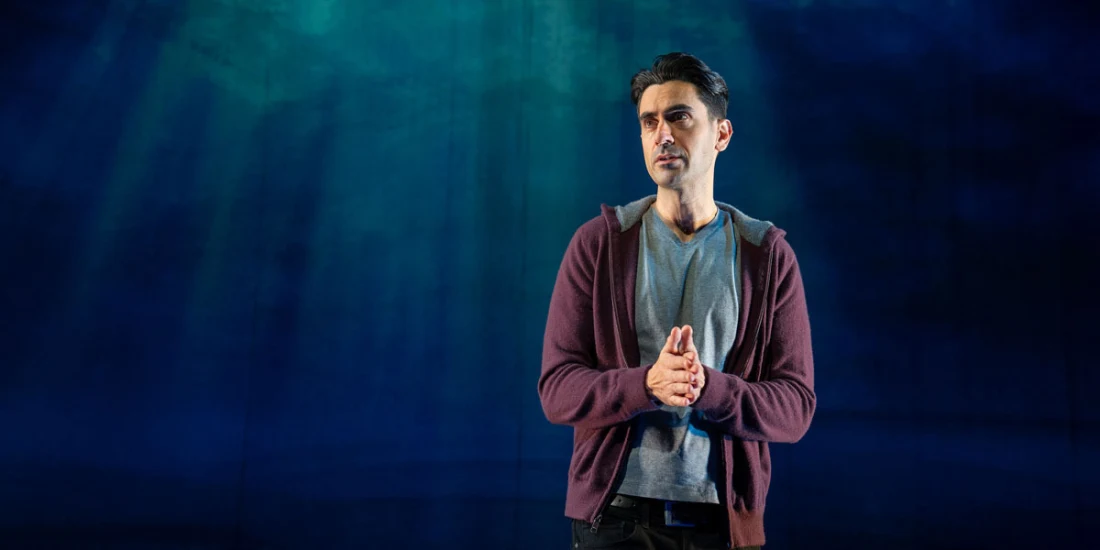‘Letters of Suresh’ review – all talk and little action in Rajiv Joseph’s play
In theatre, an oft-cited rule is that acting is reacting. So what are the characters of playwright Rajiv Joseph's Letters to Suresh to do when all they've been tasked with is reciting the contents of their exposition-heavy letters aloud in direct address to the audience? The answer is to serve as talking heads for material that feels better suited for an article in The New Yorker than it does for an Off-Broadway play.
The plot revolves around an origami genius named Suresh (Ramiz Monsef) who strikes up an unlikely correspondence with Father Hashimoto (Thom Semsa), a priest in Nagasaki, Japan. Suresh's letters are discovered by Melody (Ali Ahn), Hashimoto's grand-niece, after his untimely death. She never met the man, but feels compelled to return Suresh's letters to him. This impulse sets off a series of flashbacks, which reveal that teenage Suresh met Hashimoto while attending an origami festival in Nagasaki. Hashimoto is taken with Suresh's paper-folding skills and the two become pen pals.
During their correspondence, Suresh is frequently frustrated that despite sharing details about his love life, Hashimoto refuses to respond in kind. Because of this tension, at times, the two take breaks from writing to each other. After learning that Hashimoto has died, Suresh travels to Japan. There he discovers the priest's final unsent letter, which is filled with answers to his mysterious past.
This final reveal is a letdown not only because it feels like unearned happenstance but because Hashimoto's letter could have been transformed into a gorgeous play had it been developed beyond exposition. This leaves one to wonder why this particular story was recited rather than presented in live action. But then, that would have been a different play.
Regardless of how tantalizing the contents may be in any of Suresh's interminable missives, the law of diminishing returns takes hold approximately 15 minutes into the performance, after it becomes clear that nothing more than narration will occur. Director May Aldres attempts to counteract that lull by deploying Shawn Duan's resplendent projections of soothing illustrations and visual effects. At times, the projections approximate the shimmering of light passing through a pool of water or the simple illustration of water waves that one might see rendered by a child. The results, though mollifying, fail to elevate Suresh's 90 minutes of inaction.
At the performance I attended, half of the audience seemed amused by the offbeat quality of the story ― as if they were fans of listening to recitations on podcasts such as LeVar Burton Reads. The other half of the audience appeared to fall into hibernation.
However, the actors, including Kellie Overbey―who appears as Suresh's failed romantic partner, Amelia―all recite their lines well and with appropriate dramatic enthusiasm, the dearth of action between their speeches proves that when it comes to live theatre, there is no business in talk business.
Photo credit: Joan Marcus
Originally published on
